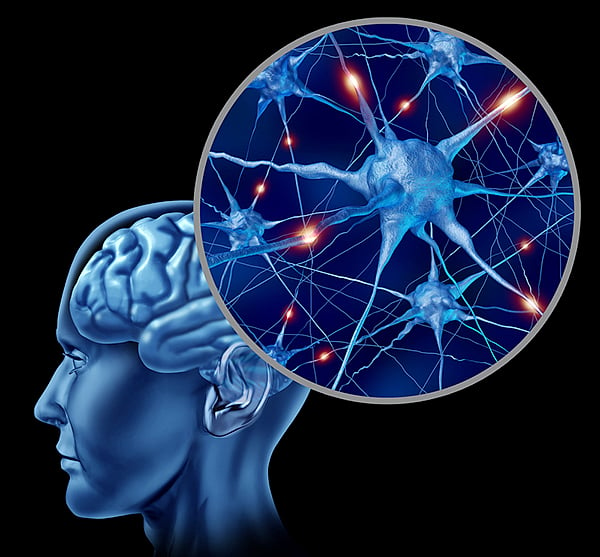Washington : University of Toronto biologists leading an investigation into the cells that regulate proper brain function, have identified and located the key players whose actions contribute to afflictions such as epilepsy and schizophrenia, reports ANI.
The discovery is a major step toward developing improved treatments for these and other neurological disorders. “Neurons in the brain communicate with other neurons through synapses, communication that can either excite or inhibit other neurons,” Professor Melanie Woodin in the Department of Cell and Systems Biology at the University of Toronto (U of T), lead investigator said.
“An imbalance among the levels of excitation and inhibition – a tip towards excitation, for example – causes improper brain function and can produce seizures. We identified a key complex of proteins that can regulate excitation-inhibition balance at the cellular level,” she said.
This complex brings together three key proteins – KCC2, Neto2 and GluK2 – required for inhibitory and excitatory synaptic communication.
KCC2 is required for inhibitory impulses, GluK2 is a receptor for the main excitatory transmitter glutamate, and Neto2 is an auxiliary protein that interacts with both KCC2 and GluK2.
The discovery of the complex of three proteins is pathbreaking as it was previously believed that KCC2 and GluK2 were in separate compartments of the cell
and acted in
dependently of each other.
“Finding that they are all directly interacting and can co-regulate each other’s function reveals for the first time a system that can mediate excitation-inhibition balance among neurons themselves,” Vivek Mahadevan, a PhD candidate in Woodin’s group and lead author of the study, said.
Mahadevan and fellow researchers made the discovery via biochemistry, fluorescence imaging and electrophysiology experiments on mice brains.
The most fruitful technique was the application of an advanced sensitive gel system to determine native protein complexes in neurons, called Blue Native PAGE.
The process provided the biochemical conditions necessary to preserve the protein complexes that normally exist in neurons. Blue Native PAGE is advantageous over standard gel electrophoresis, where proteins are separated from their normal protein complexes based on their molecular weights.









